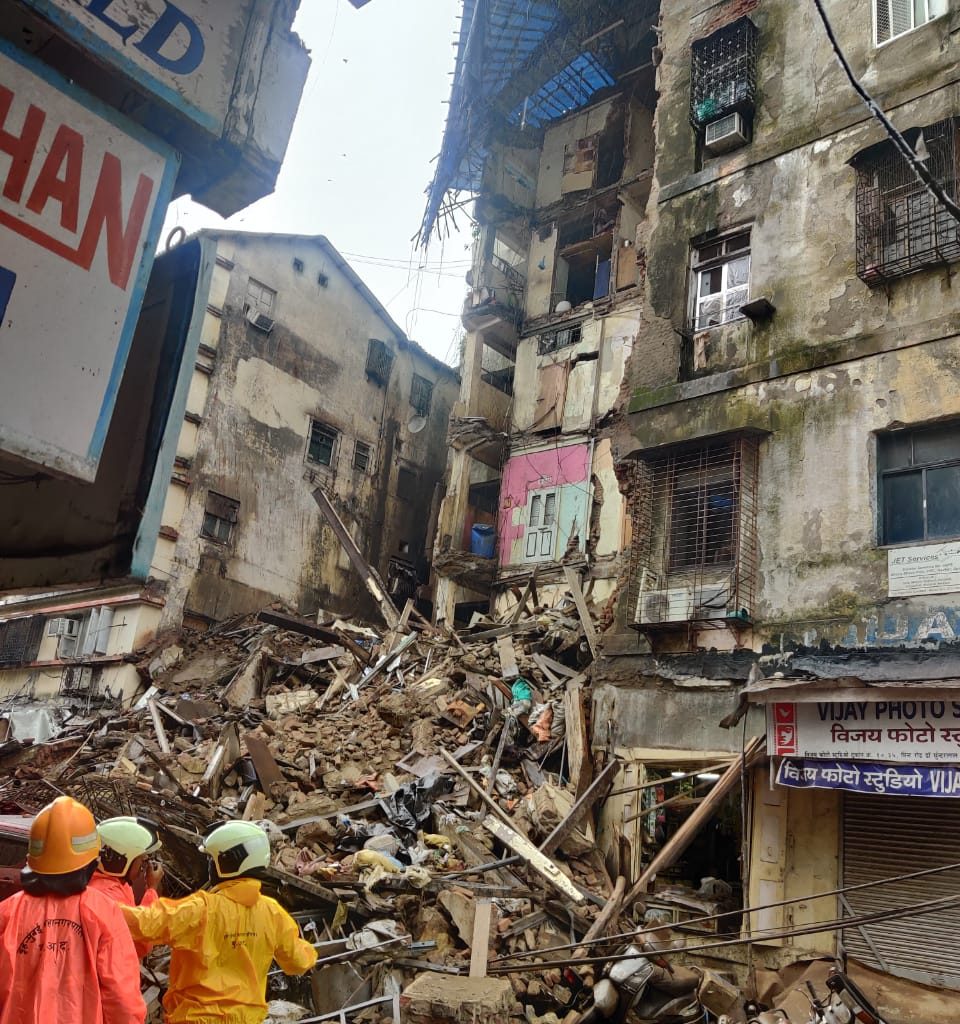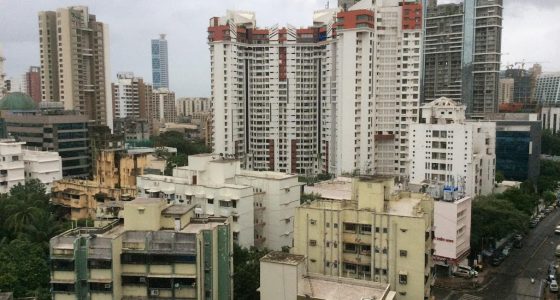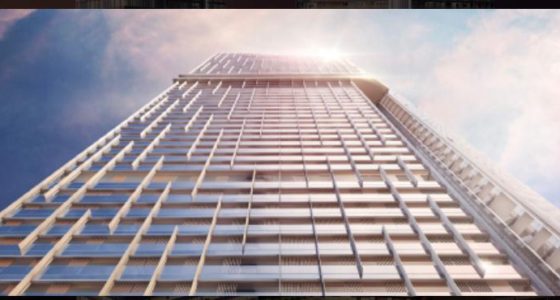Mumbai city’s dilapidated building which are in thousands and has lakhs of residents finally got relief from state government. MHADA to take over stuck projects and redevelop.
By Varun Singh
Mumbai city has close to 14,500 dilapidated buildings within the city limits. These are cessed building and many of them are close to hundred years old.
On Wednesday, the state government’s cabinet under CM Uddhav Thackeray passed a decision to amend the MHADA act.
This amendment will allow MHADA to take over those projects which are stuck or couldn’t start.
MHADA has been assigned the responsibility that it will complete these projects within three years of the date of Commencement Certificate.
Mumbai every year sees several deaths, because of building collapses. Only in July a building in Mumbai’s Fort area collapsed killing 10 residents.
Most of these buildings are awaiting redevelopment for years as they have over lived their life. However, there has been no major redevelopment scheme dedicated for the ceased buildings
The decision by the state government finds its roots in the eight membered MLAs committee from Mumbai, formed in 2016.
It was this committee which had suggested that there be amendments made in the MHADA Act 1976, so that the stuck redevelopment of these buildings move ahead.
To enable MHADA to carry out redevelopment, the act’s three sections 2, 77 and 95A have been amended, and two new sections 79A and 91A have been added.
To resolve issues between tenants, developer and MHADA, a high power committee under the chair of Principal Secretary Housing has been constituted.
This move is expected to benefit, more than 14,500 old buildings of Mumbai city and lakhs of residents.
These buildings come under the Mumbai Building Repair and Reconstruction Board of MHADA.
According to MHADA as of March 2008, there are 16,104 cessed buildings, originally there were 19,642 such buildings.
Of the 19,642 buildings, there are 16,502 A category buildings, which were constructed prior to September 1940, as of 2008 the figure stands at 13,360
B category buildings, which were constructed between September 1940 to December 1950 there are 1,489 buildings. As of 2008 there are 1,474 B category buildings.
And the C category buildings that were constructed post January 1950 to September 1969 stood at 1,651 buildings. As of 2008, the figure of C category buildings is 1,270.
The difference of 3,538 buildings over the period of time is because either they collapsed or have been redeveloped over a period of time.
Also Read: Building collapses, lives lost, what’s the solution?









